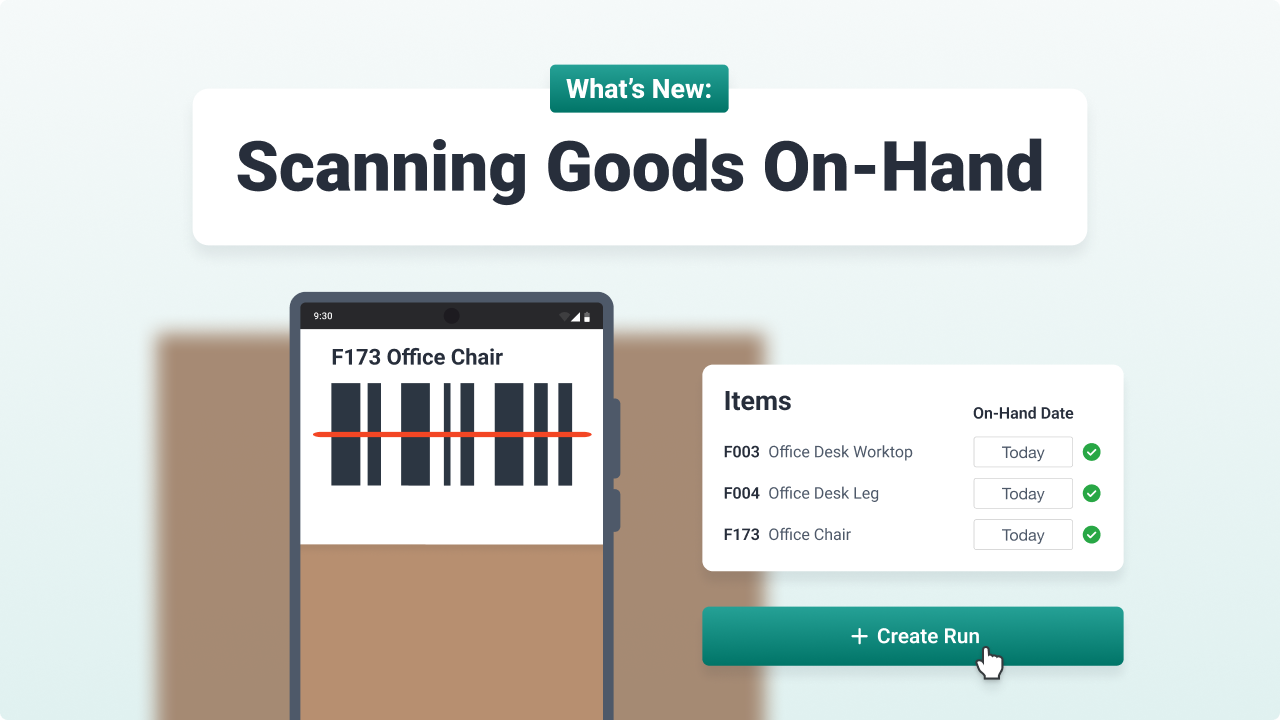It does appear to be quite easy on the face of it. Build a successful business by knowing what products you need to stock, how many of those products to stock, when to ship those products and how best to ship those products.
In reality, there is a great deal of work and systems in place to make sure businesses inventory management succeeds.
So why is inventory management so vital? According to leading ecommerce platform Shopify, good inventory management is important because:
- It saves you money as it can help avoid spoilage, particularly if you are selling a product with an expiry date, such as food. It can also help to avoid dead stock that can no longer be sold and reduce storage costs as you only need to hold stock in hand that you absolutely need
- It improves cash flow as you’ll know exactly how much product you have in stock when that product is likely to run out and ensure you replace it on time to keep your customers happy.
Internationally recognised inventory management expert, Grant Howard has shared his top tips for your business in a guide published by Infor, a leading provider of industry-specific enterprise software.
Provide stellar customer experience, while balancing costs
Regardless of whether you are operating in a B2C or B2B environment, making sure you deliver an excellent customer experience is key. Howard recommends that organisations should make sure that anyone customer facing is provided with a ‘proper stocking list, reasonable order points, accurate stock counts, timely replenishment, appropriate inventory reduction, and constant measurement’.
Keep an eye on your parameters
The environment in which your business operates is constantly changing. In order to keep up with these changes, Howard suggests that businesses should review their inventory management parameters regularly to ensure they are still relevant and make adjustments where appropriate.
Track the lifecycle of every product
Regardless of what enterprise resource planning (ERP) system you use in your businesses, it should be able to ‘analyse and report results, flag exceptions, and keep track of sales, transfers, and lost sales’ according to Howard.
Guide decision-making with the right tools
In a dynamic business environment ‘real-time decision-making is key’. Your inventory management system should be able to ‘highlight the inventory that needs your immediate attention’ with reporting tools that help you to drill down to specific ‘order points, line points, and individual items’ says Howard.
Track your progress against your targets
Howard suggests that you should be tracking and monitoring performance of ‘carrying costs compared to freight, price, and service; the match between supply volumes and demand; and the cost of emergency fill-ins’.
Remember, your minutes matter
As we’ll explore below, having you inventory available at exactly at the right time is vital. Arrive too early and your products may simply sit on your warehouse shelves, or, worse still may never be needed (particularly important if your products are seasonal or perishable). Conversely, in an environment where customers want their products increasingly quickly, if it arrives late you could have a potential serious (and damaging) customer service issue your hands.
Remember, your turns matter, too
Howard warns that if your inventory turnover is too slow, holding costs could ‘threaten your bottom line’. In contrast, if they are too fast, ‘purchasing and freight costs could run out of control, and service levels could suffer’.
If it doesn’t move, move it out
Howard recommends that every distributor needs ‘an effective inventory reduction program’. He suggests that your ERP system should be able to highlight stock that your customer base simply does not want, enabling you to move those product lines out and make space for products that will sell.
Benchmark your results
As well as monitoring how you are doing internally, Howard suggests that businesses should be benchmarking themselves against the leaders in their sector to get a more complete picture of performance.
Make it all about the customer
So, where does this all get you? By aligning your inventory management strategy with your customers, ‘your investment in high service levels will pay you back in satisfied buyers, a growing customer list, and strong profits’ says Howard.
You can read more about how STREAM integrates with Infor LX and BPCS enterprise resource planning (ERP) software to deliver collaborative sales order processing.
STREAM also integrates seamlessly with Brightpearl inventory management and ERP software, to provide a complete end-to-end solution to manage complex deliveries and service requirements.



